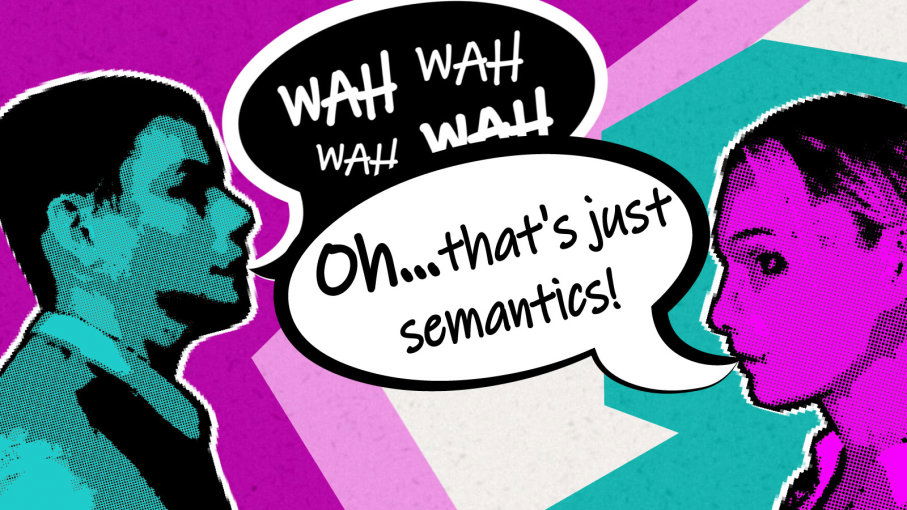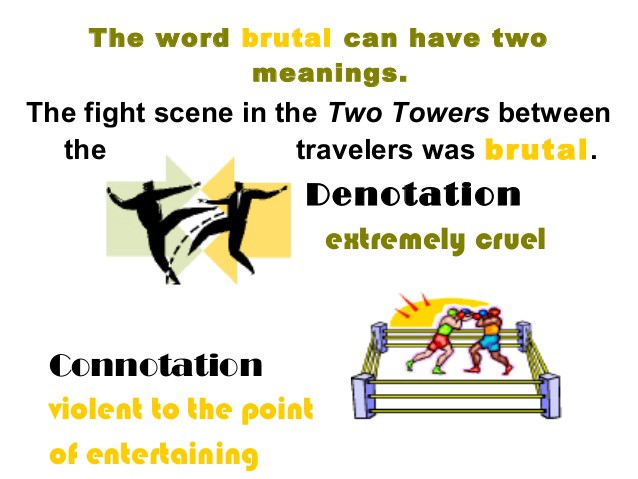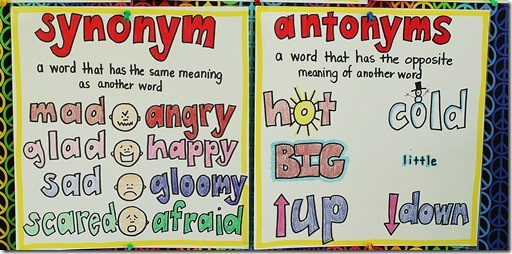Semantics

Semantics is the branch of linguistics that studies meaning in language. It is generally accepted that words, phrases, and sentences have meaning. Lexical semantics studies the meanings of words and sense relations (such as synonymy, antonymy and hyponymy). Sentence semantics (or sentential semantics) is concerned with the meaning of sentences.
It is possible to analyze meanings of words decomposing them into more basic semantic features. Thus the noun man can be described as having the features [+ HUMAN], [+MALE], and [+ADULT]. Componential analysis helps to clarify how words relate to other words. Comparing man and boy, it can be noted that the two words are differentiated only by one semantic feature: boy is characterized as [- ADULT].

A distinction is drawn between denotation, which is understood as the relationship between words and the entities in the world to which they refer, and connotation, which is understood as the additional (often emotional or evaluative) associations suggested by words.
Denotation is reflected in the dictionary definitions of words. Thus the denotation of the word wolf is “a wild animal that looks like a large dog and lives and hunts in groups” (Longman Dictionary of Contemporary English 2007: 1897). However, for a lot of people the word may arouse associations of danger and rapacity, and these associations may be treated as the word’s connotation. The word home has the meaning of a place (house or apartment) where you live, yet it has additional associations of safeness and warmth.
Homonyms: different words that are pronounced the same, but may or may not be spelled the same (to, two, and too)
Homograph: different words that are spelled identically and possibly pronounced the same; if they are pronounced the same, they are also homonyms (pen can mean writing utensil or cage).

Synonym: words that mean the same but sound different (couch and sofa)
Antonym: words that are opposite in meaning
Complementary pairs: alive and dead.
Gradable pairs: big and small (no absolute scale).
Exercise 4
There are several kinds of oppositeness of meaning. Indicate whether the pairs of words are gradables, complementaries or converses.
1) expensive – cheap gradables 6) father - son converse
2) husband – wife complementaries 7) in - out complementaries
3) soft – hard gradables 8) buy - sell converses
4) pretty– plain gradables 9) legal – illegal complementaries
5) false – true complementaries 10) deep - shallow complementaries
